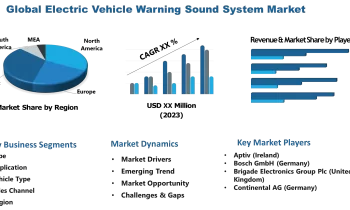
The release of key sentiment indicators this morning (Wednesday) highlighted the impact the most recent bout of political instability is having on business and consumer morale in Italy.
Figures released showed that the National statistics institute ISTAT’s manufacturing confidence index dropped to 106.7 in July from the downwardly revised 109.5 registered in June which was previously recorded at 110.0. This month’s figure is also lower than the market estimates of a reading of 108.0.
ISTAT’s composite business morale index, which combines the surveys of the manufacturing, retail, construction, and services sectors, dropped to 110.8 from the previous reading of 113.4. There were noticeable declines in the manufacturing and services sector which outweighed improved sentiment amongst constructors and retailers.
Consumer confidence in July also showed a decline, falling to 94.8 this month from the 98.3 recorded in June. This was lower than the analysts’ expectations for a reading of 96.6. July’s reading was also the lowest reading since May 2020.
Uncertain Times Ahead for Italy
Italy is once again undergoing political turmoil. Last week, Prime Minister Mario Draghi’s national unity government collapsed. Draghi relinquished power following the withdrawal of support from three key coalition partners which subsequently ended his 18-month-old administration.
On top of mounting political woes, something which is not unfamiliar to Italians is challenging economic times. Italy, like most of Europe, is seeing rising costs in fuel, energy, and food.
The Eurozone’s third-largest economy after Germany and France has fared better economically over the last few years than many of its counterparts. However, in April Draghi’s government revised its 2022 economic growth forecast to 3.1% from a 4.7% projection made in September 2021.
Italy was one of the first and hardest hit during the pandemic. The world’s eighth largest economy experienced heavy unemployment woes during COVID. By the end of 2021, Italy’s employment rate stood at 58.2%. This was a full 10.2 points lower than the EU average.



